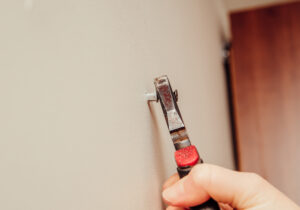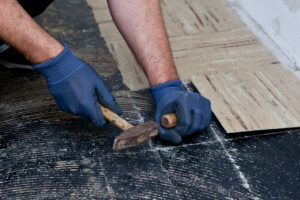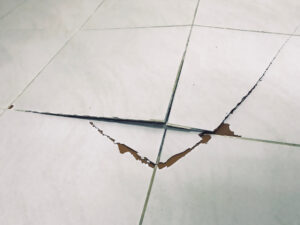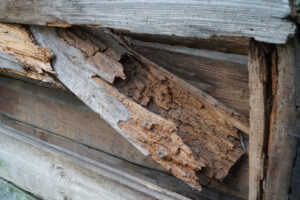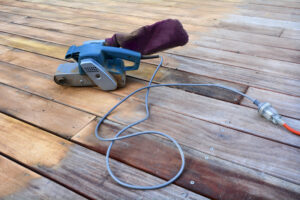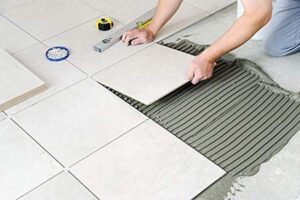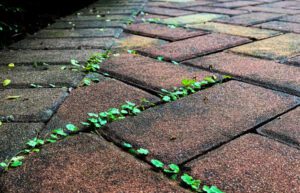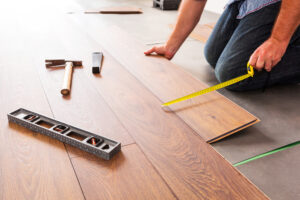When painting over gloss paint without sanding, there are several dos and don’ts to keep in mind. Traditional methods of stripping the gloss paint may not work well and can even damage the underlying surface.
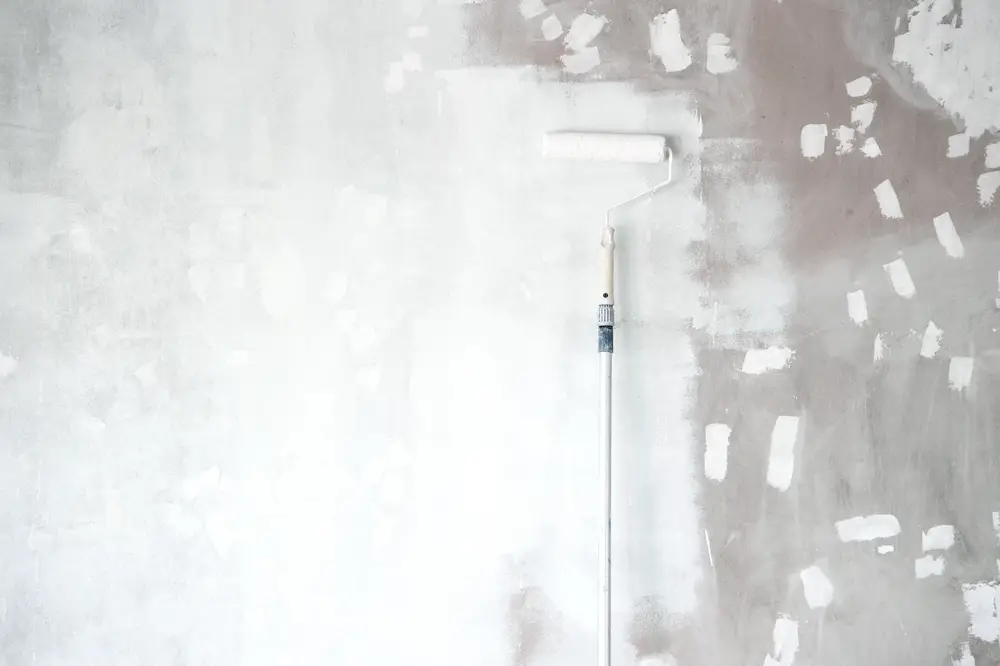
However, there is an alternative method that involves using sugar soap and a super grip primer. By properly cleaning the surface and applying the primer, you can ensure that the paint will stick to the gloss paint without the need for sanding. It is also important to use the right type of paint for the surface you are working on, whether it’s emulsion for walls or satin/eggshell for woodwork. While there are situations where sanding may be necessary, such as for surfaces that will undergo more wear and tear, painting over gloss without sanding can be a relatively simple and effective process.
Key Takeaways:
- Painting over gloss without sanding is possible by using sugar soap and a super grip primer.
- Choosing the right type of paint for the surface is crucial for achieving a professional finish.
- Emulsion paint is commonly used for walls, while satin/eggshell paint is preferred for woodwork.
- Sanding may be necessary for surfaces that require more durability.
- Proper surface preparation is essential for a smooth and long-lasting finish.
The Importance of Proper Surface Preparation
When it comes to painting over gloss without sanding, proper surface preparation is crucial for achieving a professional finish. One key step in the process is to thoroughly clean the surface using sugar soap. This powerful detergent effectively removes grime and creates a clean and smooth canvas for painting. By ensuring that the surface is free from dirt and grease, the paint will adhere better and result in a more durable finish.
After cleaning, the next essential step is to apply a super grip primer. This specialized primer is designed to promote adhesion and allow the paint to stick to the glossy surface without the need for sanding. By applying a coat of super grip primer, you create a strong bond between the paint and the glossy surface, ensuring that the paint will not peel or chip over time.
Using a super grip primer also offers the advantage of a matte finish. This matte surface provides the perfect base for the top coat of paint, allowing it to adhere seamlessly and evenly. The result is a smooth and professional-looking finish that will enhance the overall aesthetic of the painted surface.
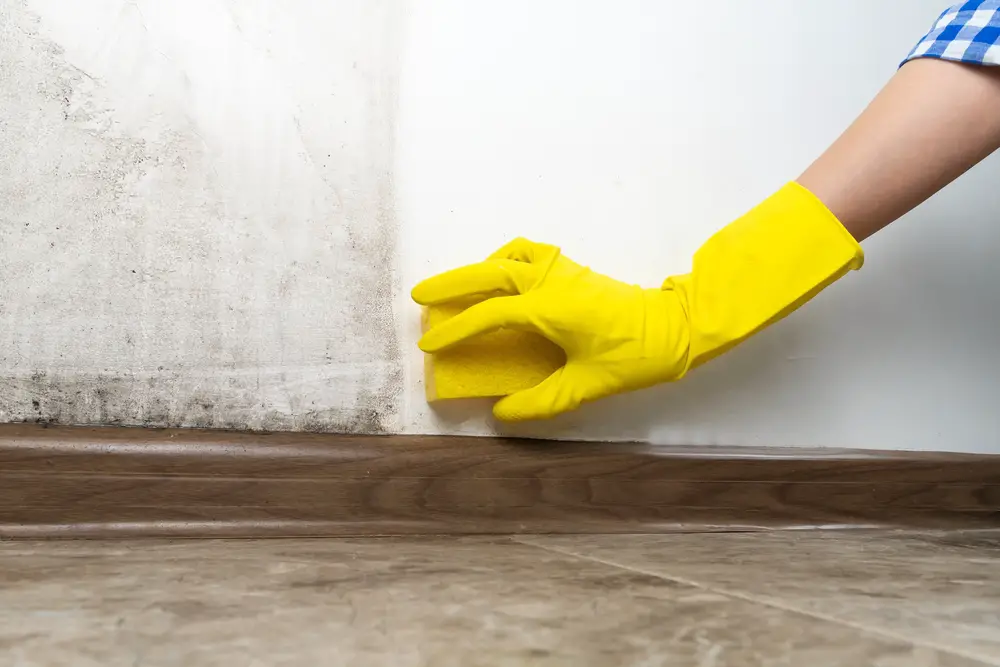
Summary:
- Thoroughly clean the surface using sugar soap to remove grime and create a clean canvas for painting.
- Apply a super grip primer to promote adhesion and allow the paint to stick to the glossy surface without sanding.
- A matte finish created by the super grip primer provides an even base for the top coat of paint.
Choosing the Right Paint for Different Surfaces
When it comes to painting over gloss without sanding, selecting the appropriate paint for different surfaces is crucial. The type of paint you choose can greatly impact the final outcome and durability of your project. Let’s explore the best paint options for walls and woodwork.
Emulsion for Walls
When painting over gloss on walls, emulsion paint is the go-to choice. After applying the super grip primer, you can confidently paint over the gloss with any emulsion of your choice. It’s recommended to use the same type of paint that is already on the surface for optimal results. Emulsion paint offers a smooth and even finish, giving your walls a refreshed and vibrant look.
Satin/Eggshell for Woodwork
For woodwork such as skirting boards, doors, and doorframes, satin or eggshell paint is often the preferred option. These types of paint provide a durable and hard-wearing finish that can withstand everyday wear and tear. If you’re painting over gloss on woodwork with a satin or eggshell finish, it’s advisable to sand the surface before starting. Sanding creates a good key for the new coat of paint to adhere to, ensuring a long-lasting and professional-looking result.
By selecting the appropriate paint for each surface, you can achieve the desired effect when painting over gloss without the need for sanding. Emulsion paint is perfect for walls, providing a smooth and refreshed look. Satin or eggshell paint, on the other hand, is an excellent choice for woodwork, offering durability and a professional finish. Remember to follow the proper surface preparation steps and apply the super grip primer before painting for the best results.
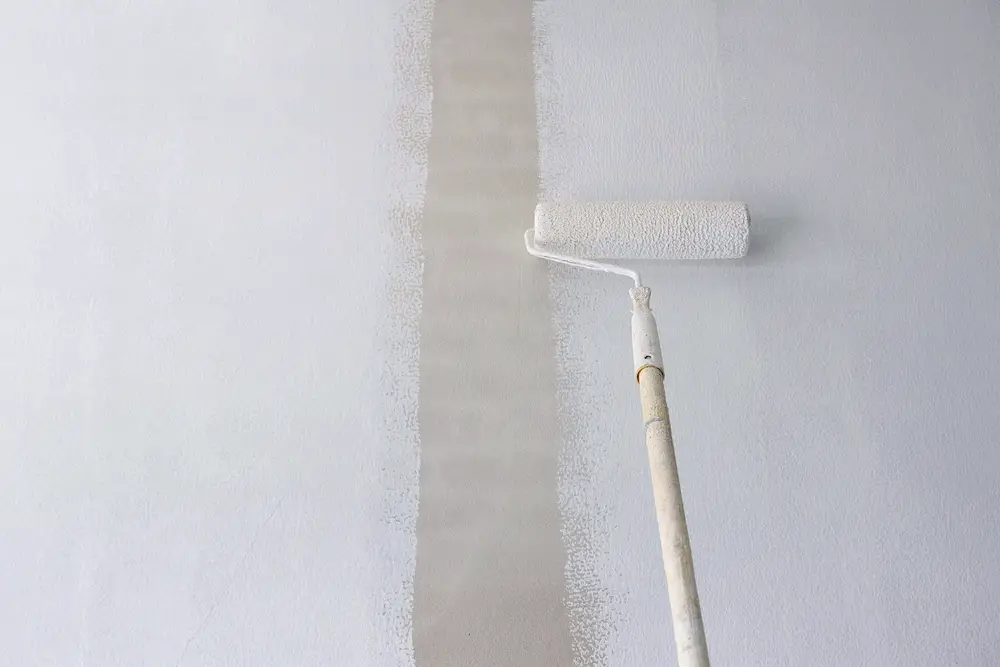
Conclusion
After exploring the dos and don’ts of painting over gloss without sanding, it is clear that achieving a professional finish is possible with the right techniques and materials. By properly preparing the surface through cleaning with sugar soap and applying a super grip primer, you can ensure that the paint will stick to the glossy surface without the need for sanding.
Choosing the right type of paint for different surfaces is also crucial in achieving a stunning result. Emulsion paint is recommended for walls, while satin or eggshell paint is ideal for woodwork. By selecting the appropriate paint, you can ensure a durable and smooth finish that will withstand wear and tear.
While there may be situations where sanding is necessary, painting over gloss without sanding offers a time-saving alternative that can still yield excellent results. With proper surface preparation and the right paint, you can effortlessly transform any glossy surface into a professional-looking masterpiece.
FAQ
How can I paint over gloss without sanding?
To paint over gloss without sanding, the key is proper surface preparation. Clean the surface thoroughly using sugar soap and apply a super grip primer to promote adhesion.
What type of paint should I use for walls?
For walls, emulsion paint is commonly used. After applying the super grip primer, you can paint over the gloss with any emulsion of your choice.
What type of paint should I use for woodwork?
For woodwork, such as skirting boards, doors, and doorframes, satin or eggshell paint is often preferred. These types of paint provide a durable and smooth finish.
Is sanding necessary for painting over gloss woodwork?
While sanding can help create a good key for the new coat of paint to adhere to, it is not always necessary. If you are using satin or eggshell paint, sanding may be beneficial.
Can I achieve a professional finish without sanding?
Yes, by properly preparing the surface through cleaning and using a super grip primer, you can achieve a professional-looking finish without the need for sanding.
- Drill Battery Maintenance: Essential Tips for Cordless Drill Battery Care - February 5, 2024
- Troubleshooting Drill Issues - February 5, 2024
- Quick Drilling Techniques - February 2, 2024

